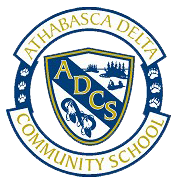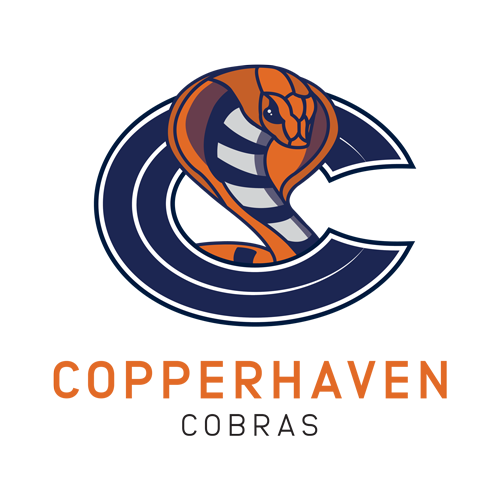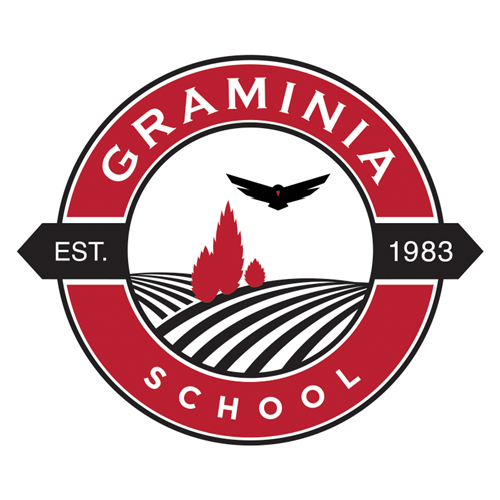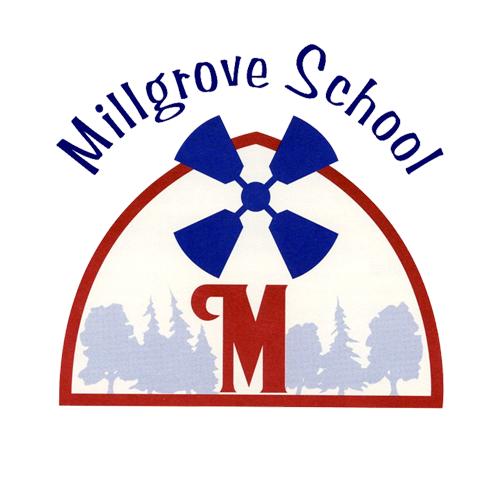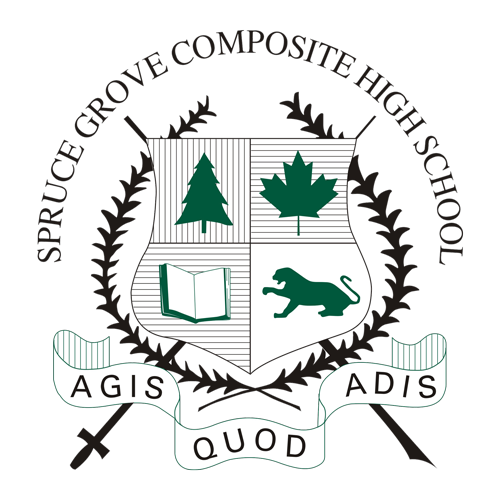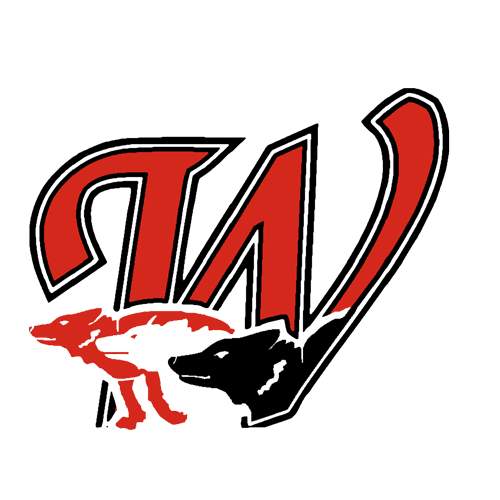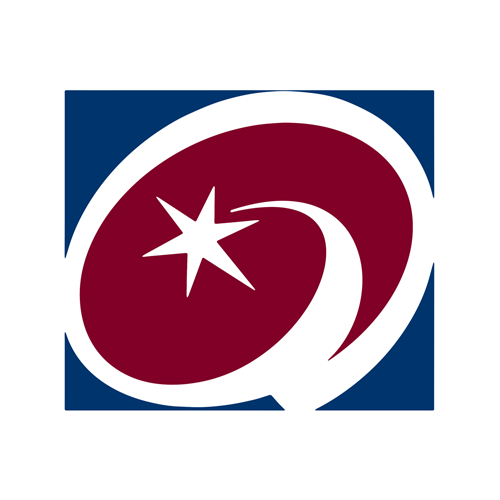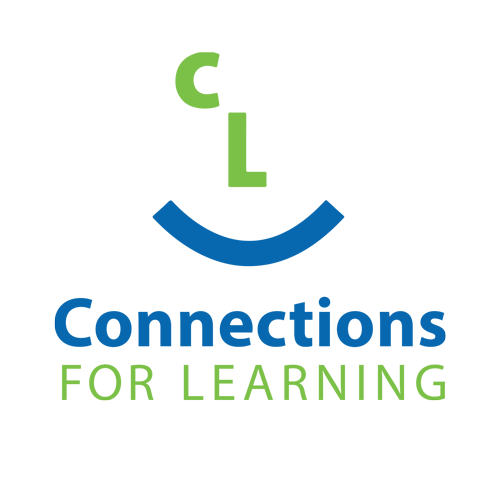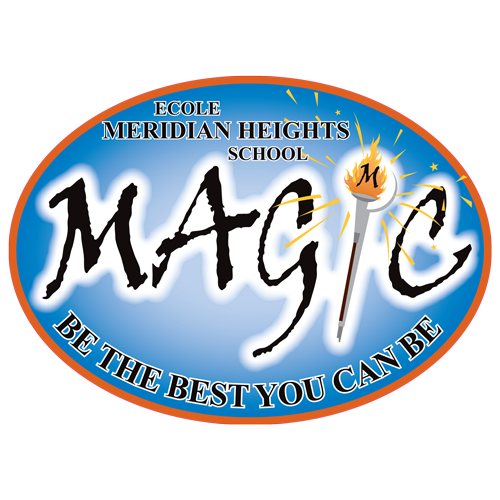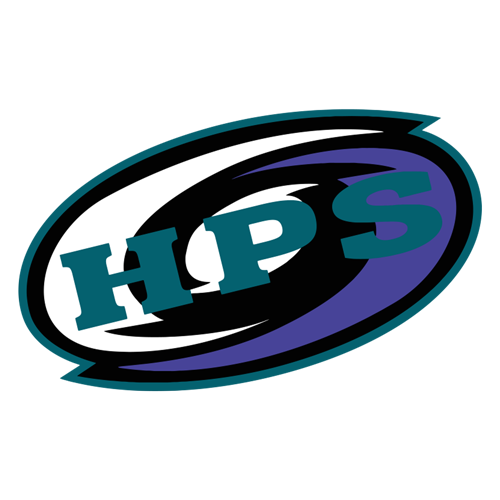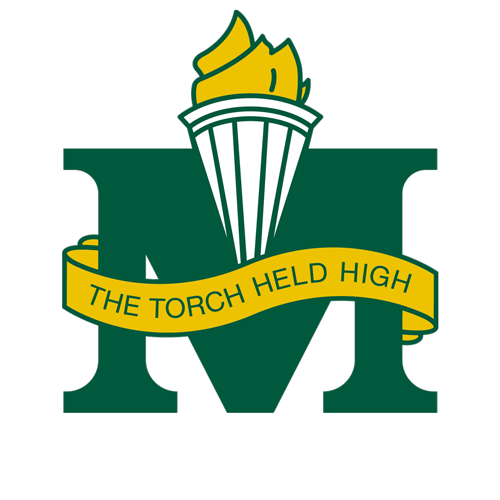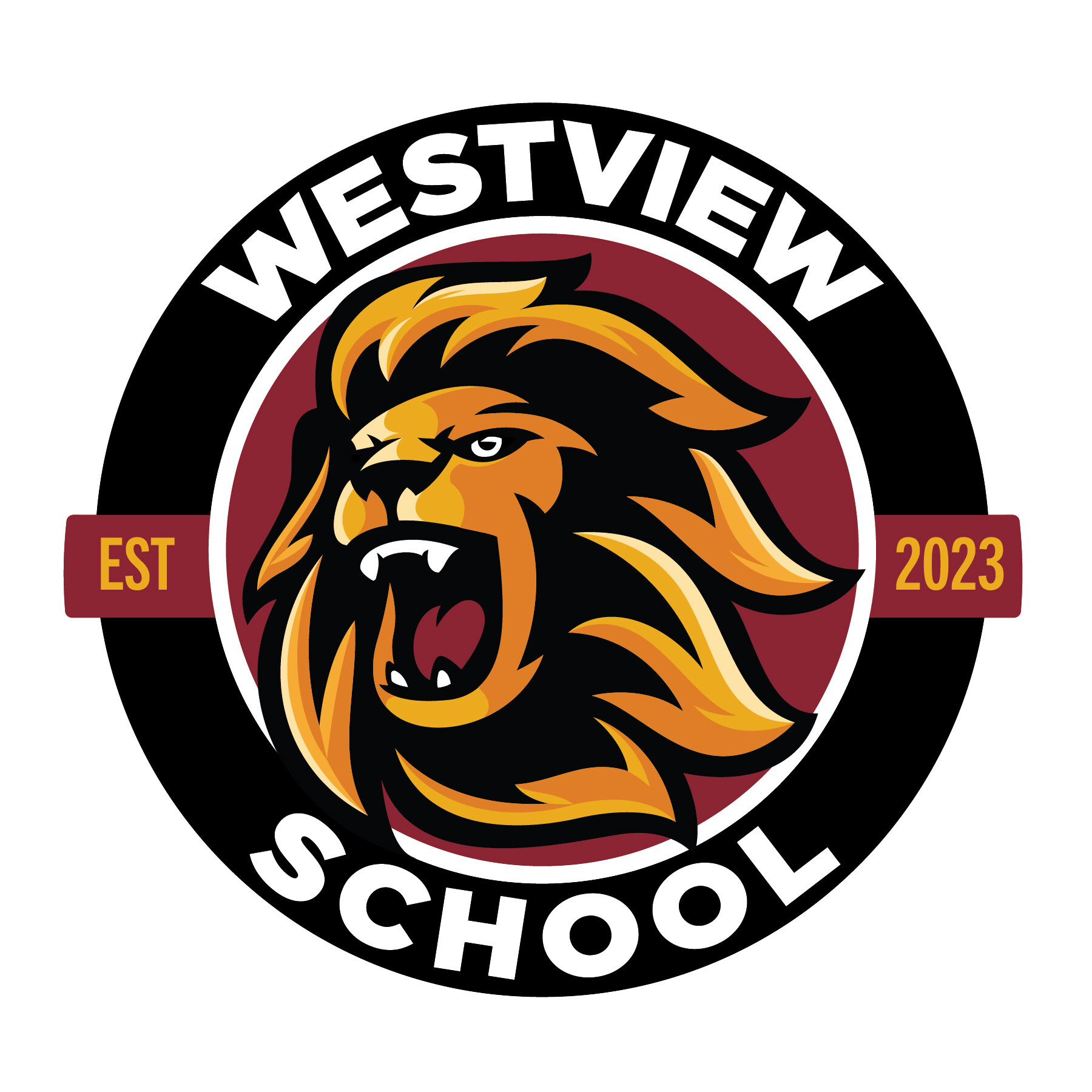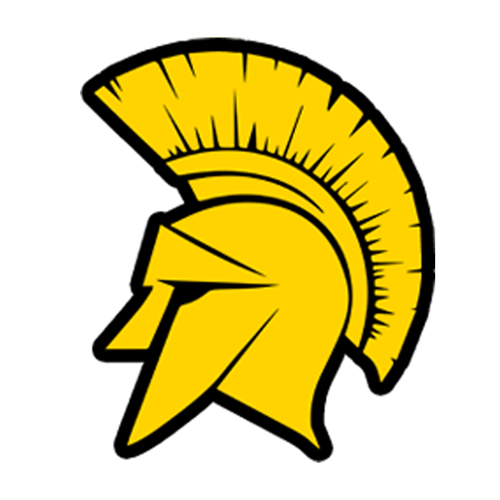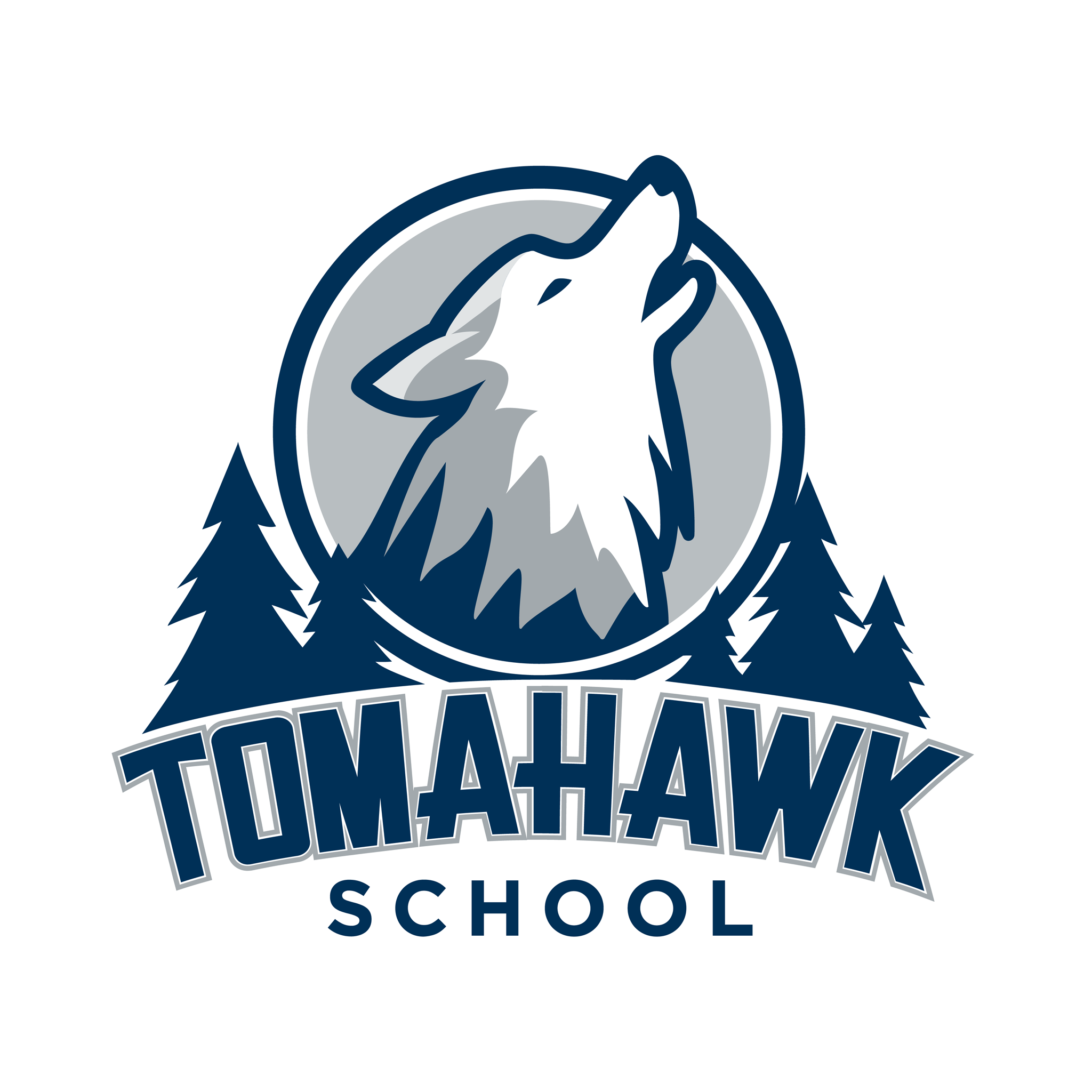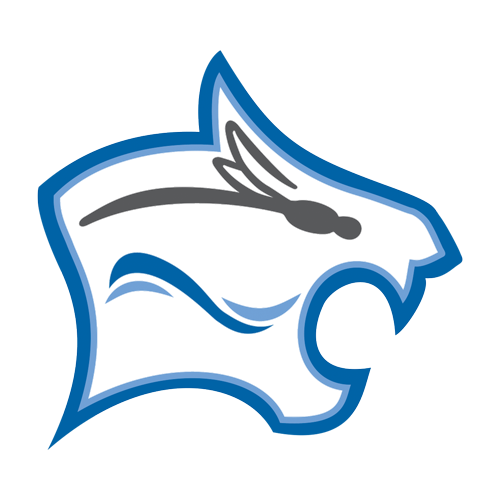AP 610: Responsible Use of Technology
Communication & Technology
Background
The Superintendent supports and encourages the use of technology to enhance and facilitate educational outcomes. This administrative procedure exists to ensure that student and staff interaction with technology contributes positively to the work and learning environments at school and in the community, while fostering digital citizenship.
A safe, educational technology environment requires that fair and effective processes exist to monitor and filter technology and content through those devices owned and operated by the Division. Users of Parkland School Division technology can expect that these devices and services are properly reviewed in the interest of safety and digital security.
Definitions:
a) Content: Shall, for this procedure, refer to any form of digital material accessible through the Division’s technology. This includes, but is not limited to, text, images, audio, video, multimedia, websites, applications, social media posts, emails, documents, and online services. Content encompasses both information created and shared within the Division and material obtained or accessed from external sources via the internet or other digital means
b) Cybersecurity: Shall refer to the practice of protecting systems, networks, and programs from digital attacks. In a school setting, cybersecurity involves measures to safeguard the school’s network and its users from unauthorized access, attacks, or data theft; it also includes user training and awareness.
c) Data Protection: Shall refer to measures taken to ensure the privacy and protection of data, especially personal data, from loss, corruption, or unauthorized access.
d) Digital Citizenship: Shall refer to the responsible use of technology, by anyone who uses computers, the internet, and digital devices, to engage with society on any level. It encompasses digital literacy, ethics, etiquette, online safety, privacy, and the continuous promotion of a respectful and safe online community.
e) Digital Footprint: Shall refer to the information about a person that exists on the Internet as a result of their online activity. It includes the content they post, the interactions they have, and the information they create or share.
f) Emerging Technologies: Shall refer to new and innovative technologies that may impact educational environments, such as artificial intelligence (AI), machine learning, augmented reality (AR), and/or virtual reality (VR). (Also: see AP 620: Artificial Intelligence, for specific procedures related to emerging technologies).
g) Filtering: Shall refer to the practice of using a program to screen, and exclude from access or availability, web pages or content that is deemed objectionable. In a school context, this typically refers to blocking inappropriate, harmful, or explicit internet content.
h) Intellectual Property (IP) Rights: Shall refer to the general, legal rights that result from intellectual activity in the industrial, scientific, literary, and artistic fields. In the school context, it often relates to respecting copyright laws and proper citation practices.
i) Monitoring: Shall refer to the process of overseeing or supervising activities on electronic devices and networks. In this context, it refers to tracking and recording online activities on Division-owned devices to ensure compliance with policies.
j) Privacy Rights: Shall refer to the rights of individuals to have control over how their personal information is collected and used. In this administrative procedure, it refers to the protection of staff and students' personal information in the context of monitoring and filtering.
k) Technology: Shall, for this procedure, refer to any electronic device or system used in the Division, including but not limited to computers, tablets, smartphones, interactive whiteboards, and other digital devices. It also encompasses software, applications, online platforms, internet connectivity, Division-owned email and social media accounts, network infrastructure, and any other digital resources provided or maintained by the Division for educational, administrative, or communication purposes.
l) Virtual Private Network: Shall refer to a technology that creates a safe and encrypted connection over a less secure network, such as the internet.
Procedures
With Respect to Monitoring and Review
1. The Division’s electronic network shall be monitored centrally, and may be monitored locally to promote safety; systems for monitoring may include:
1.1. Implementation of Advanced Filtering Software that may block access content deemed inappropriate for student and/or staff use;
1.1.1. Filtering criteria shall be regularly updated to keep pace with an evolving digital landscape and emerging content;
1.2. Implementation of real-time monitoring tools that provide for tracking of online content on Division-owned devices; notably,
1.2.1. Monitoring may include websites visited, time spent on sites, and the use of social media platforms and the Division’s social media accounts;
1.3. For clarity, all related technology and/or content considered to be Division property shall be monitored;
1.4. The Division reserves the right to monitor any Internet, text and communication activity occurring on its hardware, software, equipment, cell phones, email accounts, and Division associated web services and social media;
1.5. Employees assigned to Athabasca Delta Community School shall retain their right to privacy while using any technology, during non-business hours, at their private, Division-owned residences; and
1.6. Use of the Division’s technology and/or content implies the user’s consent to monitoring for security purposes.
With Respect to Appropriate Use and Responsibility
2. Staff shall strive to support students effectively through the use of assistive technology as deemed appropriate to do so.
3. Parents and/or guardians shall be encouraged to actively support appropriate technology use, including reinforcement of the guidelines of responsible use (herein) while students are accessing technology for school purposes at home.
4. Staff shall consider the age-appropriateness of technology use, and may require more extensive monitoring and support of younger students.
5. Use of the Division’s technology and/or accessing content shall be guided by principles of responsible and ethical conduct, aligning with established behavior standards and adhering to legal and regulatory requirements; specifically,
5.1. Ethical technology use shall include, but is not limited to, respecting intellectual property rights, maintaining the confidentiality and privacy of sensitive information, and using these resources primarily for educational and professional purposes; and
5.2. Harassment in any form is strictly prohibited and shall lead to disciplinary action up to and including the expulsion of a student or the termination of a staff member.
6. All users covered by this administrative procedure shall consider, and shall demonstrate an understanding, that Internet sessions and digital communications are likely not private.
7. Responsibility for technology use and appropriate content access shall be demonstrated by all employees, students and volunteers of the Division.
8. Responsibility for the use of Division technology, by all persons, shall include:
8.1. Complying with federal or provincial laws or regulation, including copyright laws and fair use guidelines;
8.2. Adhering to school and Division procedures and behaviour standards;
8.3. Demonstrating self-respect and sensible self-protection;
8.4. Ensuring self-responsibility for actions when posting or viewing online information and images;
8.5. Using appropriate online etiquette;
8.6. Following applicable Access to Information Act (ATIA) and Protection of Privacy Act (POPA) regulations when sharing or posting information;
8.7. Respecting and protecting others, including:
8.7.1. Obtaining permission of all individuals before sharing or posting any information about them;
8.7.2. Obtaining permission from all individuals before sharing commonly created electronic data; and
8.7.3. Ensuring that communication through technology is constructive and respects the privacy and opinions of others;
8.8. Demonstrating an understanding that social media used for educational purposes is an extension of the classroom by adhering to the same standards of respect, professionalism, and appropriateness as expected in a physical classroom setting;
8.9. Ensuring full self-responsibility for, and respectfully utilizing, any technology available to them within the Division;
8.10. Acting as an ambassador of the Division when using social media;
8.11. Utilizing network bandwidth, file storage space and printers reasonably and only for Division related purposes; and
8.12. Ensuring that technology use during regular business hours is well within existing Division procedures (e.g. bandwidth limitations, network storage, etc.) and in alignment to the Division’s vision, mission, goals, and reputation.
With Respect to Inappropriate Use
9. The following actions by staff, students or volunteers are strictly prohibited:
9.1. Accessing, distributing, printing, or engaging with content that violates the established standards of the Division's community, which includes but is not limited to content that is offensive, discriminatory, sexually explicit, violent, or promotes illegal activities;
9.2. Accessing or utilizing technology for illegal purposes, such as theft, fraud, slander, libel, defamation of character, harassment (sexual and non-sexual), stalking, identity theft, online gambling, spreading viruses, spamming, impersonation, intimidation, and plagiarism/copyright infringement;
9.3. Engaging in any online activity (including social media) that would in any way bring discredit, disrepute, or litigation upon the Division;
9.4. Degrading or defame others in any manner;
9.5. Forwarding inappropriate materials or communication;
9.6. Utilizing any Division technology for commercial, personal or financial gain;
9.7. Copying, destroying, or altering any data, documentation, or other information that belongs to the Division or any other business entity without authorization;
9.8. Downloading unreasonably large files that may hinder network performance or in any way interfere with others’ usage;
9.9. Engaging in any activity that could compromise the security of the Division host servers or computers;
9.10. Disclosing, to any other person, one’s password or the passwords of others;
9.11. Allowing unauthorized third parties to access the Division’s network and resources; and
9.12. Any other behavior that is deemed to not fall with in AP 160: The Code of Conduct.
10. Students who are found to be in violation of this Responsible Use of Technology procedure may receive corrective discipline in accordance with AP 360: Student Discipline; notably
10.1. Repeated or severe violation of this procedure may result in a full removal of technology access privileges for a set period of time.
With Respect to a Duty to Report
11. Staff and students shall report abuse of technology or violations of any aspect of this procedure to their immediate supervisor, or to the Director of Technology or designate; notably,
11.1. Staff and students shall moderate the publication of online content and seek appropriate action when that content is deemed inappropriate, as identified in this procedure;
11.2. Students shall report security or network problems to their teacher; and
11.3. Staff shall report security or network problems to the Director of Technology Services or designate.
Intellectual Property and IP Rights
12. Staff and students shall demonstrate respect for Intellectual Property (IP) rights, and therefore shall demonstrate and acknowledge that all electronic communications and online content created in the course of Division-related activities or using Division resources, including but not limited to documents, presentations, digital media, and emails, are the property of the Division;
12.1. Such materials shall be considered under the custody and control of the Division and maintained as part of the Division's official records, in accordance with Administrative Procedure 580: Division Records Management;
13. Staff and students shall adhere strictly to legal standards of copyright and intellectual property laws; notably:
13.1. Adherence includes appropriately citing and referencing all sources of information and creative work that are not originally created by the user, obtaining necessary permissions for the use of copyrighted materials, and adhering to fair use guidelines as defined by federal and provincial laws.
Personally-Owned Technology
14. Staff and students are permitted to use personal technology at a Division site with respect to the following:
14.1. Notwithstanding personally owned accounts (including, data plans, 5G, Long Term Evolution (LTE) Networks, etc.), a student’s connection to the Internet for school purposes shall be to a Division network or partner, and not to other (external/neighborhood) networks;
14.2. Peer-to-peer (music/video/file-sharing) software or web-hosting services on personal technology that aggressively utilizes the Division’s WiFi bandwidth shall not be accessed; and
14.3. The security, care, connectivity and maintenance of personally owned technology is the responsibility of the owner; specifically:
14.3.1. The Division shall not be responsible for the loss, theft or damage of personally owned technology.
Response to Violations
15. Breaches of digital security, inappropriate use of technology, or misuse of content as defined in this procedure may be identified through staff or student reporting, and shall be responded to in a manner that mitigates risk and provides a fair and appropriate consequence.
16. Upon receiving a report of a violation, the supervisor responsible for the staff or student shall initiate a fair and thorough investigation.
16.1. The investigation process shall respect the privacy and rights of all individuals involved while seeking to understand the nature and extent of the violation.
17. Depending on the severity and nature of the violation, disciplinary actions may be taken in accordance with the Division’s disciplinary procedures; ranging from a warning or reprimand to more severe penalties such as suspension, revocation of technology privileges, or, in the case of employees, termination of employment.
18. If a violation involves illegal activities, the Division may involve law enforcement authorities and take necessary legal actions in line with federal and provincial laws.
19. Where appropriate, the supervisor responsible may implement restorative actions aimed at repairing harm and rebuilding trust, counseling, mediation, or educational programs focusing on the responsible use of technology.
20. Following a report of a violation, the Director of Technology Services shall review the incident and remediation to identify any systemic issues or vulnerabilities in the technology use policies and practices; conditionally,
20.1. Necessary adjustments or enhancements, depending on the nature of the violation, may be made to prevent similar violations in the future.
21. The Division is committed to maintaining transparency in its response to technology use violations and appropriate communication shall be made to relevant parties while respecting confidentiality obligations.
Continuous Education
22. The Division shall provide ongoing education and training to staff, students, and volunteers about responsible technology use, aiming to reduce future violations and promote a culture of digital responsibility and safety.

